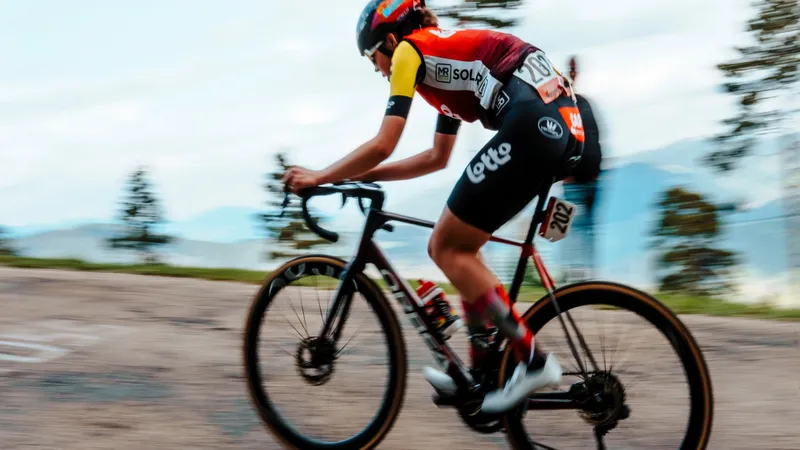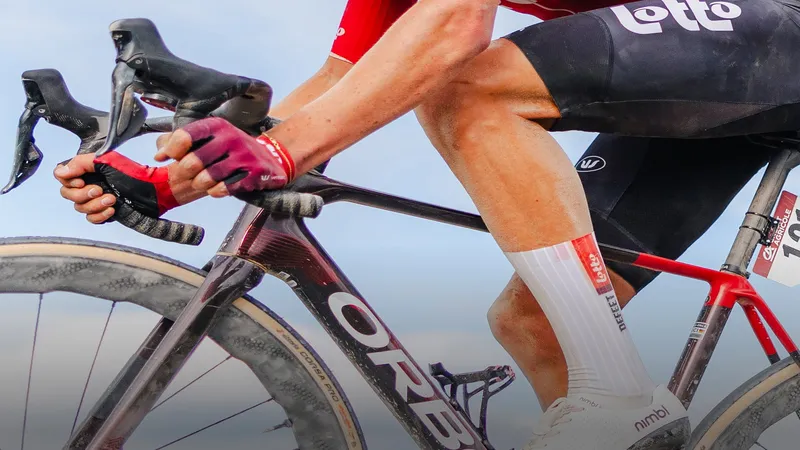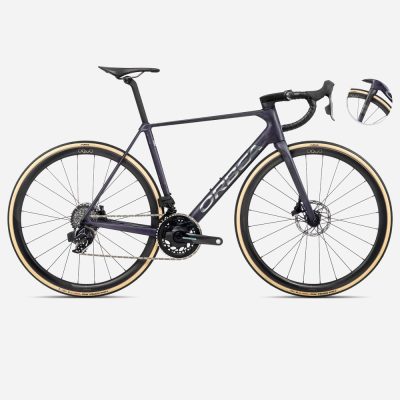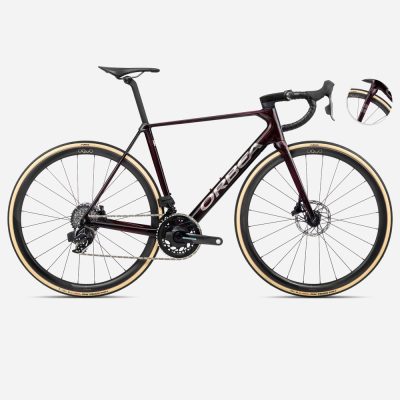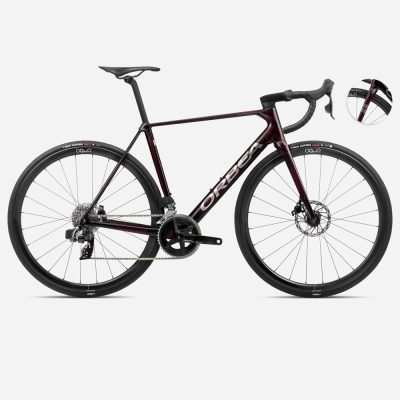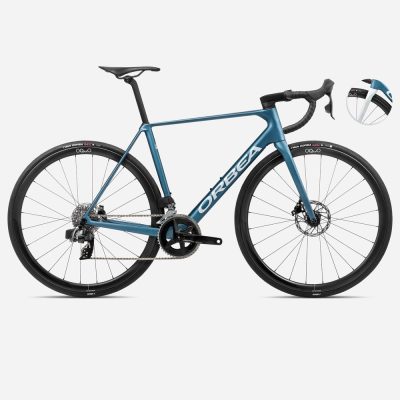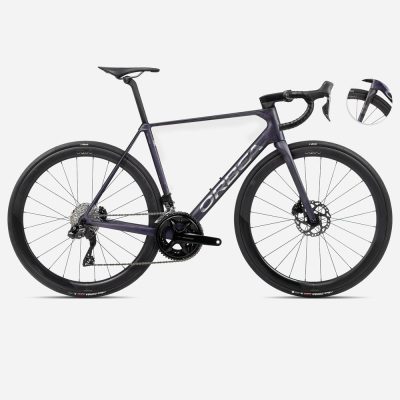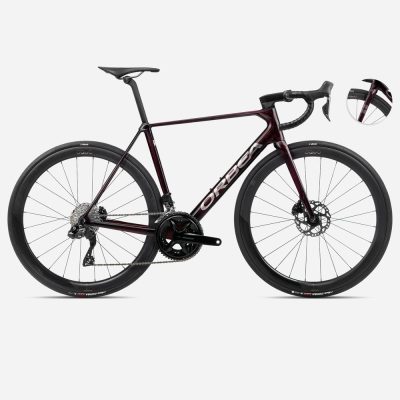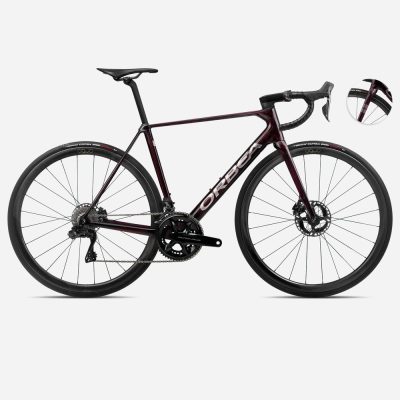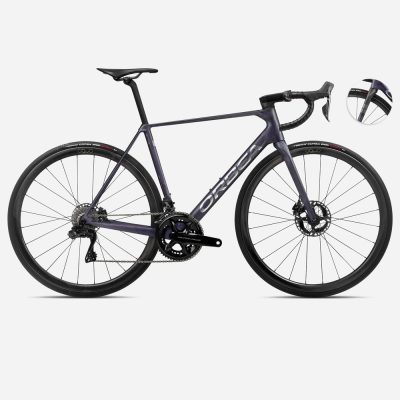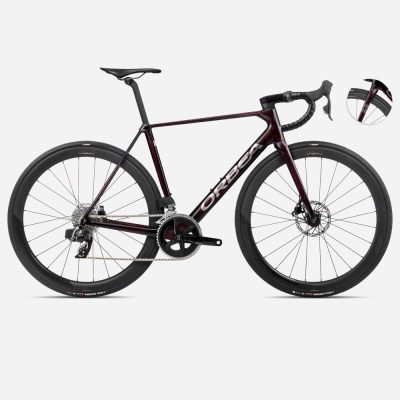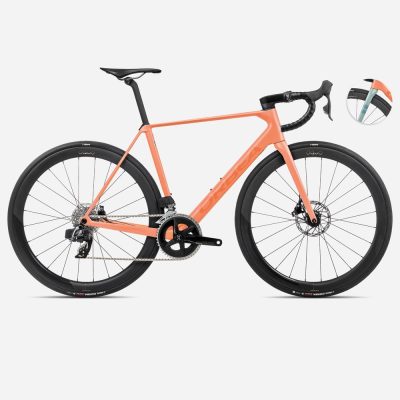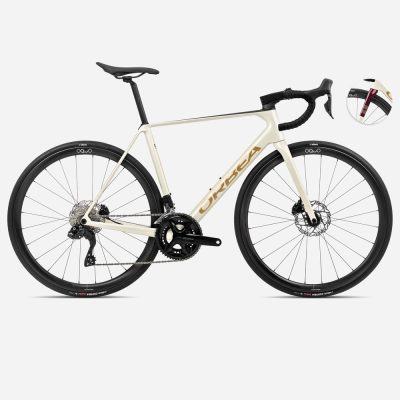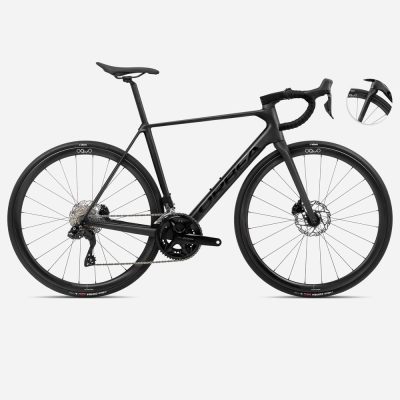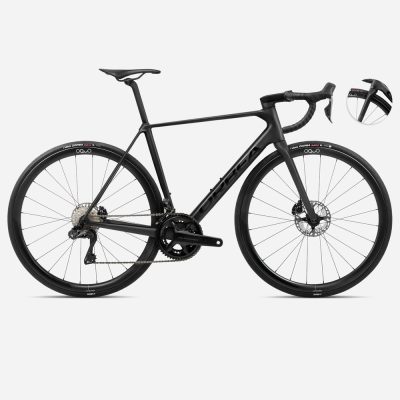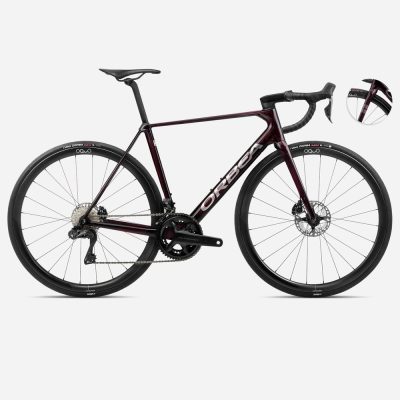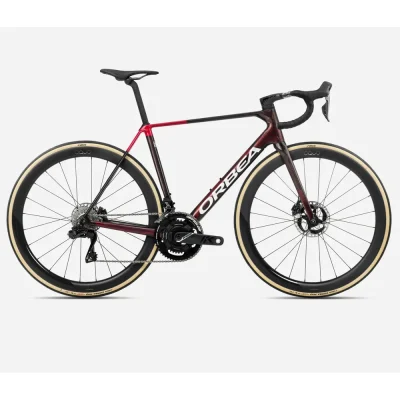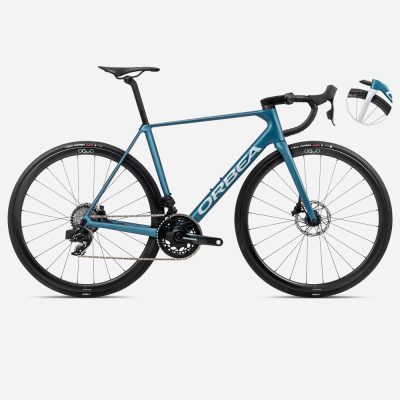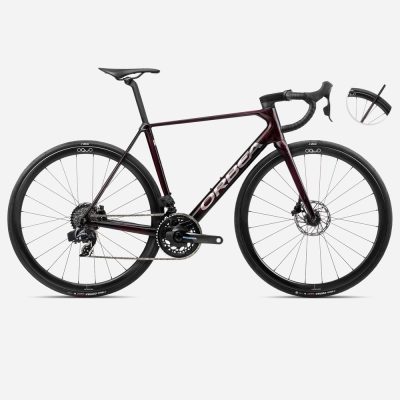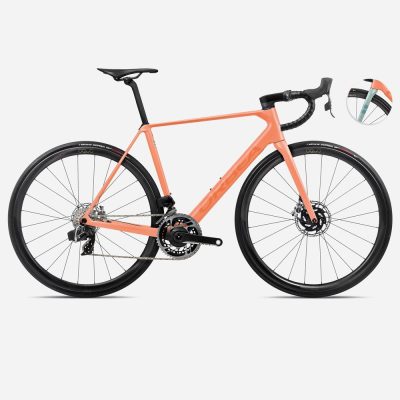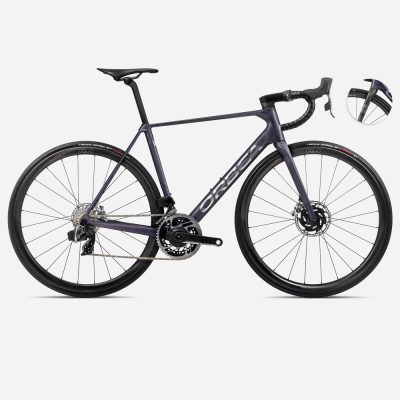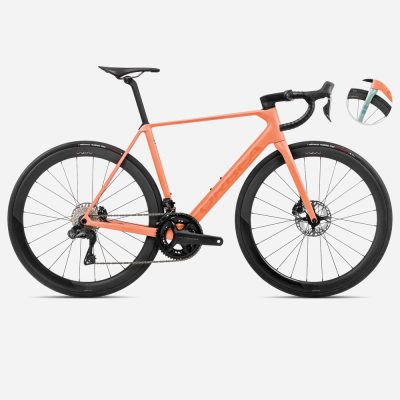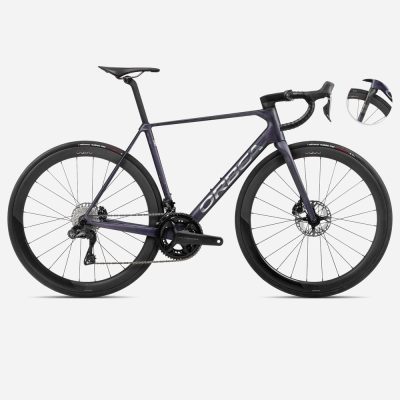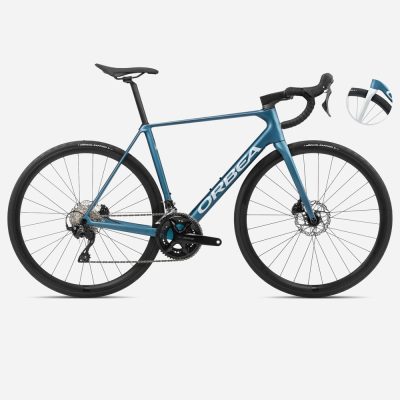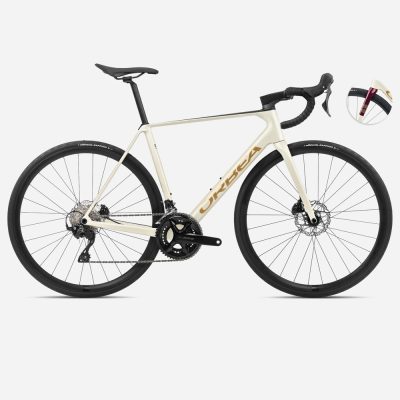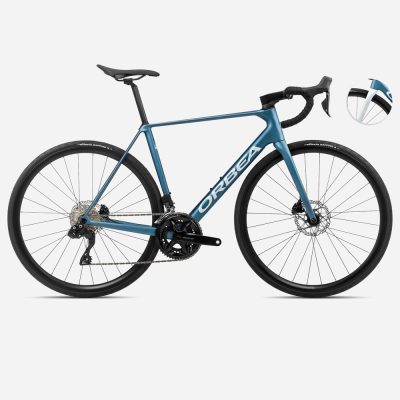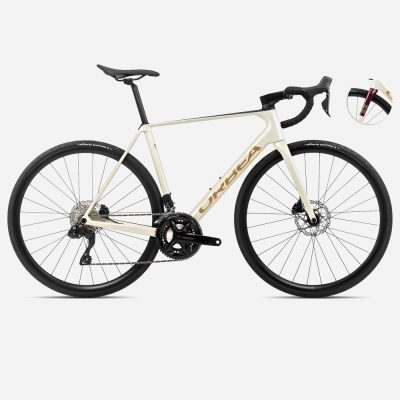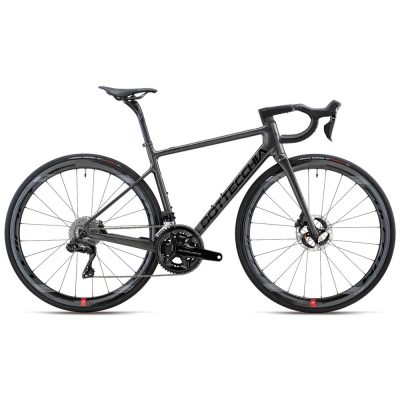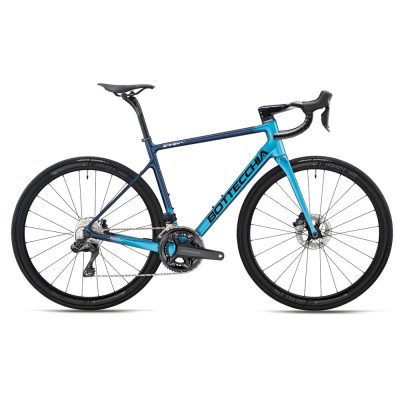Are you about to choose your first racing bike or do you want to upgrade? Great: a bike of the right size can radically change the way you pedal. More comfort, more control, less fatigue. It's not just about centimeters, but how each part of the frame adapts to your body. In this guide you will find everything you need to find the perfect size of racing bike, with precise technical indications based on your height and your needs.
How to understand if the racing bike size is right?
To understand which size to choose, you need to start from the frame, taking into consideration the parts that compose it: horizontal tube, head tube and seat tube.
- Measure the top tube of the frame starting from the center of the seat tube (saddle) to the center of the head tube (fork), using a tape measure and level.
- Check the comfort on the racing bike :
- Place your feet on the ground: with your body close to the tube, with both feet on the ground a little apart.
- In the saddle, extend your leg to the bottom pedal: knee slightly bent.
- Hands and arms: Not too tense or tight—control and comfort go together.
Remember that a bike that is too big will make you stretch your arms too far and you will lose maneuverability, while a bike that is too small will make you pedal in a compressed position and you will be inefficient.
What size road bike should I get based on my height?
The size of the racing bike is measured in centimeters (chassis, based on the horizontal tube) or in standard sizes in letters (XS, S, M, L, XL) or in numbers (46, 47, 48 etc.). Here is a guideline table to help you understand where to start.
| Cyclist height | Cut it | Bike size |
| 155–160 cm | XS | 47–49 cm |
| 160–166 cm | St | 49–51 cm |
| 167–172 cm | m | 51–53 cm |
| 173–179 cm | L | 53–55 cm |
| >180–185 cm | XL | 55–57 cm |
| > 185 cm | XXL | 57–60 cm |
For example, a person who is 175 cm tall might be comfortable with a 53/55 cm frame, but the exact measurement may vary slightly depending on the manufacturer.
In addition to measuring the frame, check also the length of the horse, measuring from the groin to the floor, for more precise calibrations.
What is the ideal height for a racing bike saddle?
To understand if the saddle height Multiply the length of the inseam (in cm) by 0.885. This gives you the height of the saddle from the ground.
Example: horse 80 cm x 0.885 = 70.8 cm.
Always measure from the center of the bottom bracket to the top of the saddle, along the seat tube.
What does 26, 27, 28, 29 bike mean?
These numbers refer to to the diameter of the wheels, not to frame size.
- 26 inches: used on old MTBs or small bikes.
- 27 inches: intermediate size, uncommon today.
- 28 inches: standard for racing bikes and city bikes.
- 29 inches: Modern trail and cross-country MTBs.
Recommended sizes for men's road bikes
For greater comfort and handling of the racing bike, measurements may vary slightly between men and women based on the proportions of the torso and legs.
| Height | Recommended frame |
| 165–170 cm | 49–51 cm |
| 170–175 cm | 51–53 cm |
| 175–180 cm | 53–55 cm |
| 180–185 cm | 55–57 cm |
| >185 cm | 58–60cm+ |
Recommended sizes for women's road bikes
To ensure better performance, it is recommended choosing a women's racing bike designed to best adapt to the physiognomy and proportions of the body. Indicatively:
| Height | Chassis advised |
| 150–155 cm | 44–46 cm |
| 155–160 cm | 46–48 cm |
| 160–165 cm | 48–50 cm |
| 165–170 cm | 50–52 cm |
| >170 cm | 52–54 cm |

